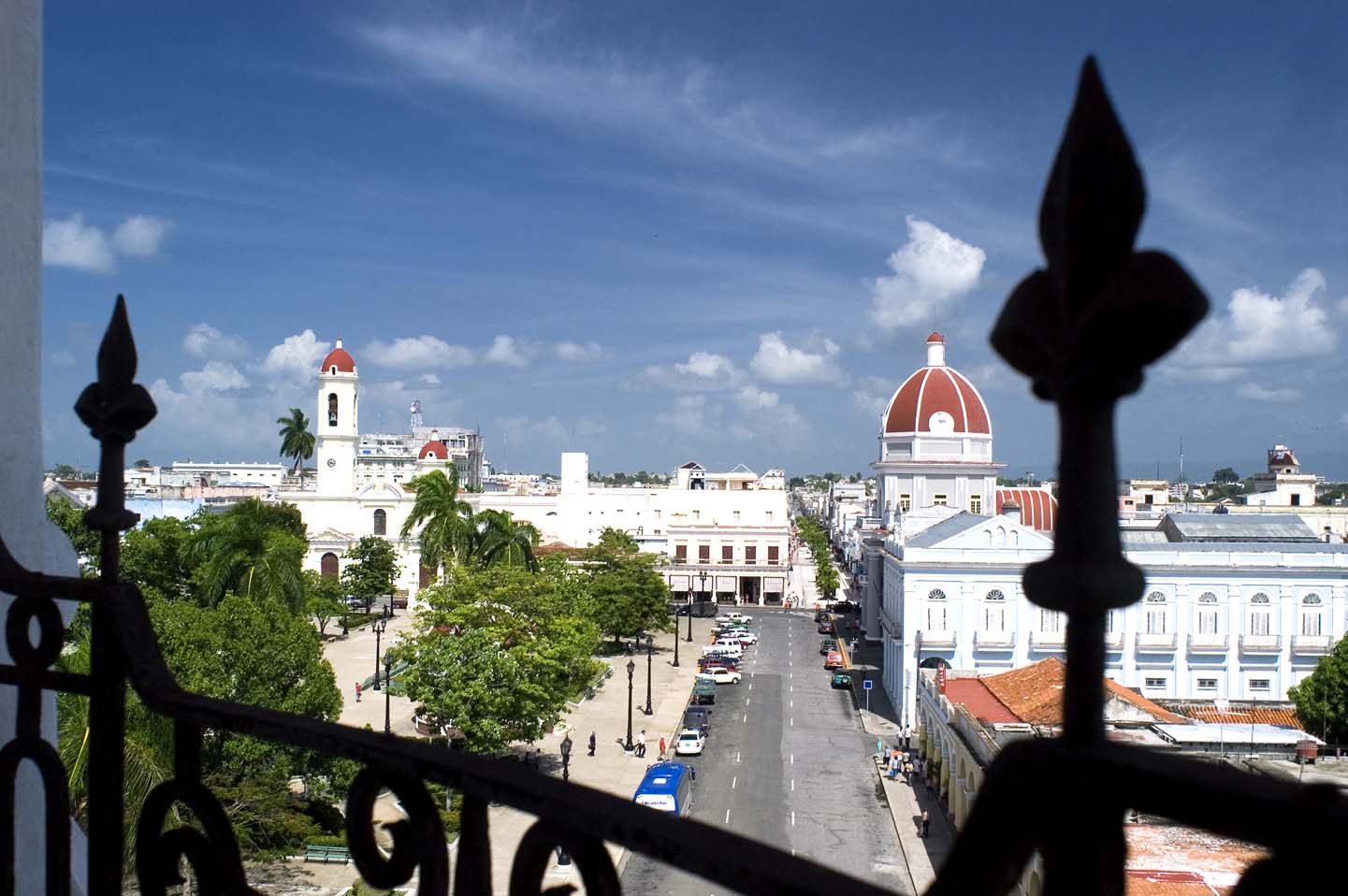
The pearl of the south
Serene and welcoming, the city of Cienfuegos lies alongside one of the most beautiful coves in Cuba. The atmosphere is nourished by tradition, heritage and classical culture. We invite you to discover it all.
THE CITY, ITS PEOPLE AND THEIR STORIES
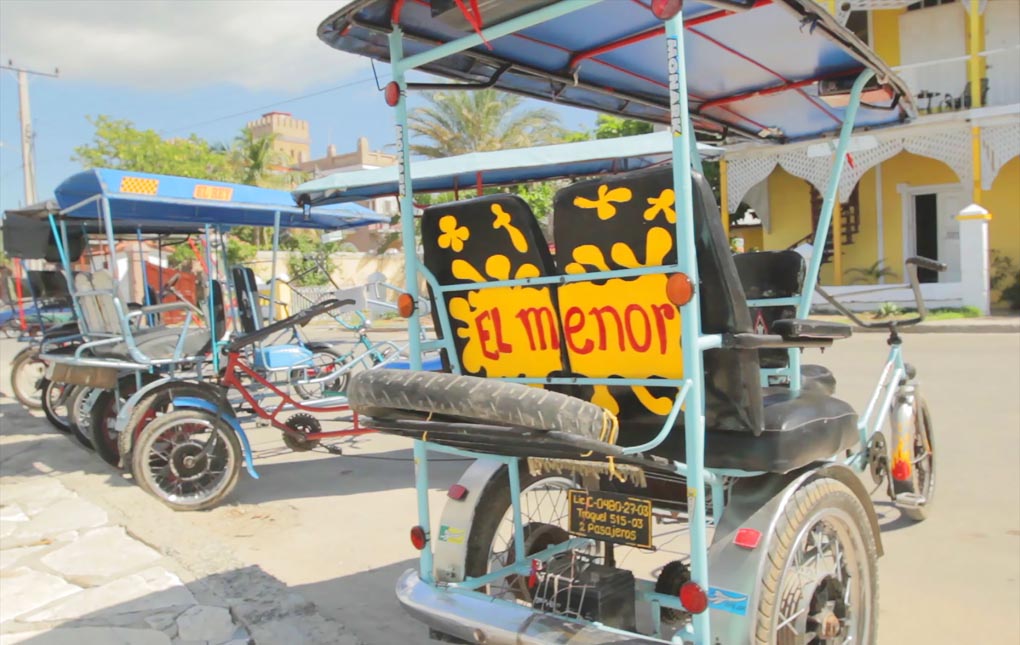
Bicitaxi, a very special ride
Enjoy a tour in this traditional vehicle that can start at the Prado and continue along the famous Malecón seafront until you reach Punta Gorda. Much of the history of the city can be seen along this route, from its different styles of traditional architecture to the sublime proximity of the sea, accompanied by a fresh breeze and the opportunity to enjoy the warm waters of the bay.
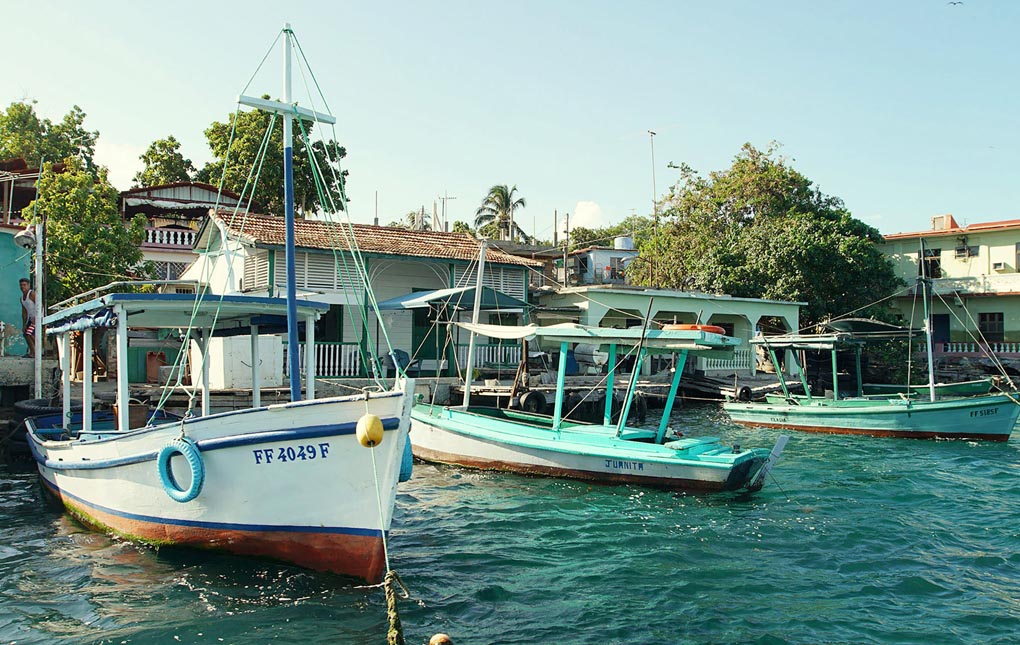
A unique fishing community: El Perché
The El Perché fishing community is found near the Castillo de Jagua, at the entrance to the bay of Cienfuegos, It is a must for travellers who want to learn more about the traditions of the inhabitants of the bay, which have been recognized as a part of the intangible heritage of the region. Sustainable fishing and environmental protection are a focus of the local community, and small local restaurants allow you to learn more about the delicious history of dishes seasoned with the knowledge of generations.
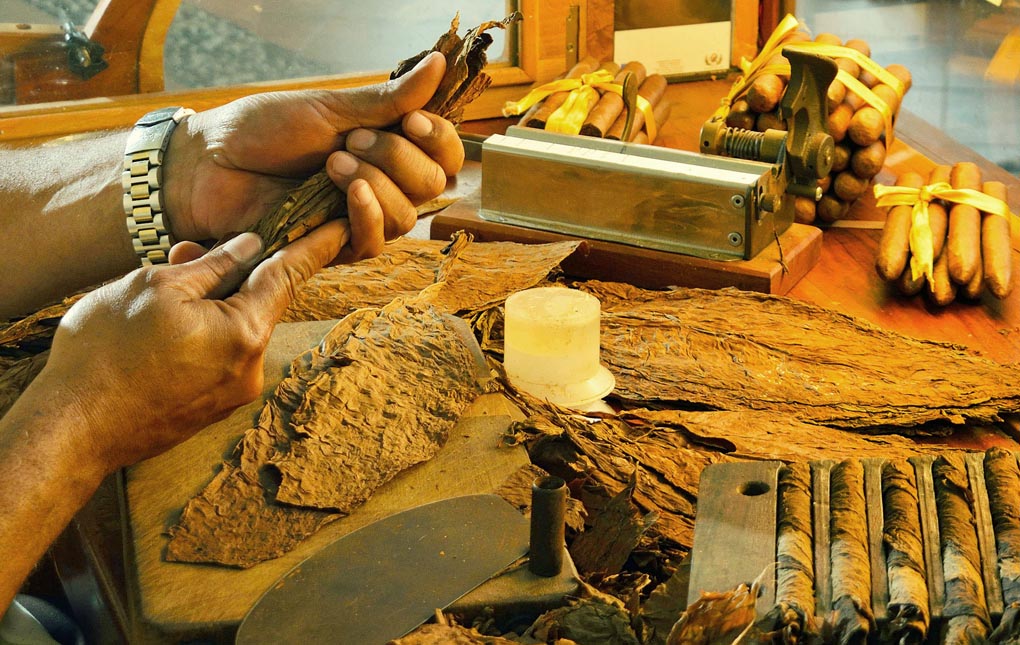
The Cienfuegos tobacco industry: The art of twisting and sowing
Along with the fertile plains of Vueltabajo and Sancti Spíritus, Cienfuegos has been among the great producers of tobacco in Cuba since the 19th century. The excellent work done in the plantations and cultivation spaces reaches its final stage at the Casas de Torcido. Learn more about the Cienfuegos Tobacco Company and see how the cured leaf becomes a cigar, while you also discover more about the people who make the cigars and the peculiar role of the public reader, the “lector de tabaquería”.
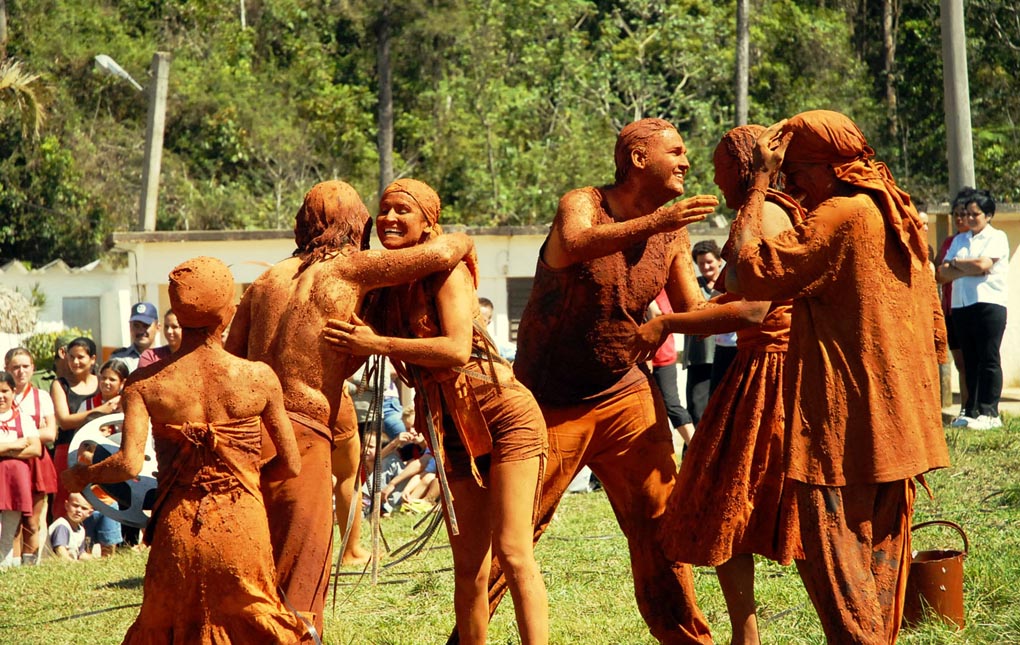
THEATRE OF THE ELEMENTS, between art and the community
The “Teatro de los Elementos” has been working for over 25 years in the community. Based in the El Jobero area in the foothills of Cumanayagua, it is actively involved in transforming the living conditions of local people through actions that go beyond traditional theatre. In this cultural settlement, inhabitants find employment, get involved with the work of the actors and change their life habits in an artistic environment.

The nights of Cienfuegos
Cienfuegos is a city that vibrates with culture. It’s famous for its theatres and cinemas and has a varied programme of music, dance and theatre throughout the year. You can also visit other places where traditional and contemporary music invites you to enjoy an evening of fun. Highlights include the “Benny Moré” Cultural Centre for the Arts, the UNEAC Gardens, the “Julio Antonio Mella” Cultural Centre or the “El Benny” Ballroom.
1 / 5
OTHER PLACES YOU CAN NOT LOSE
Cienfuegos Bay
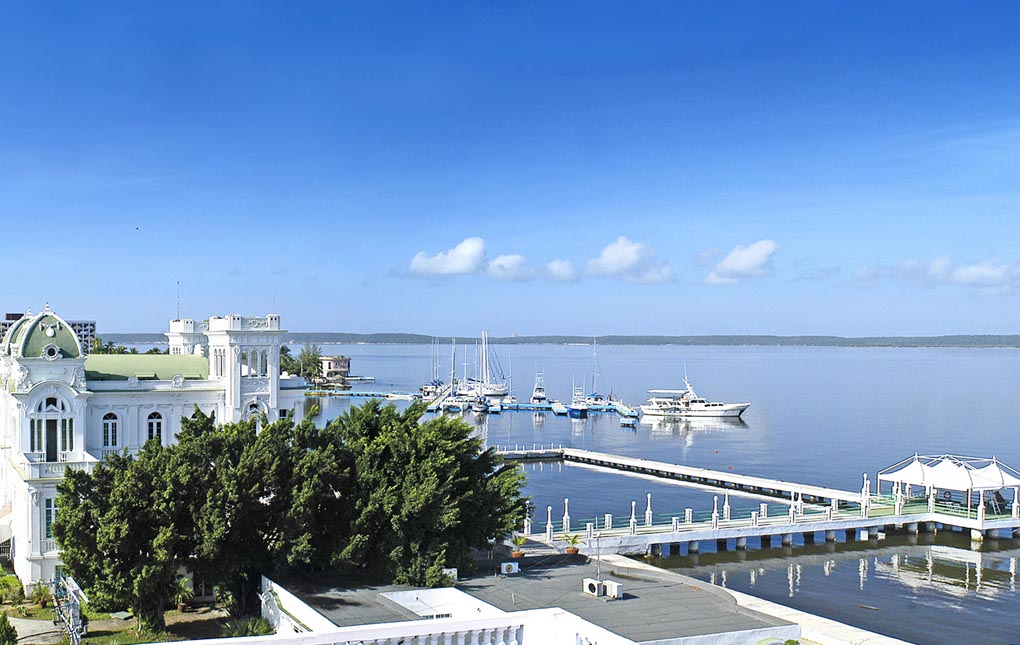
Boulevard de Santa Isabel
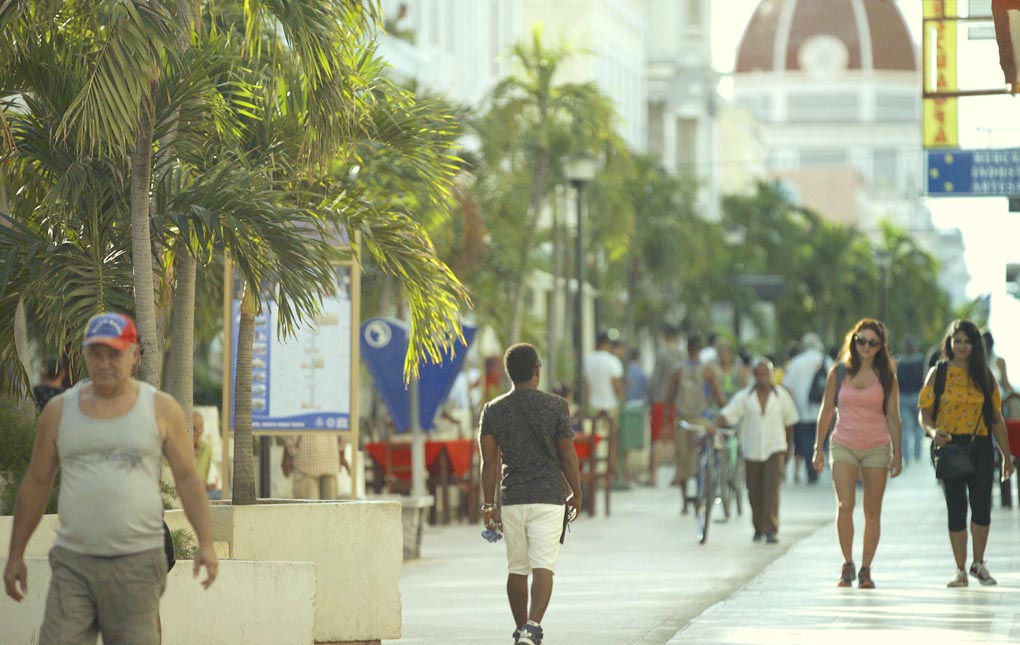
Boulevard San Fernando
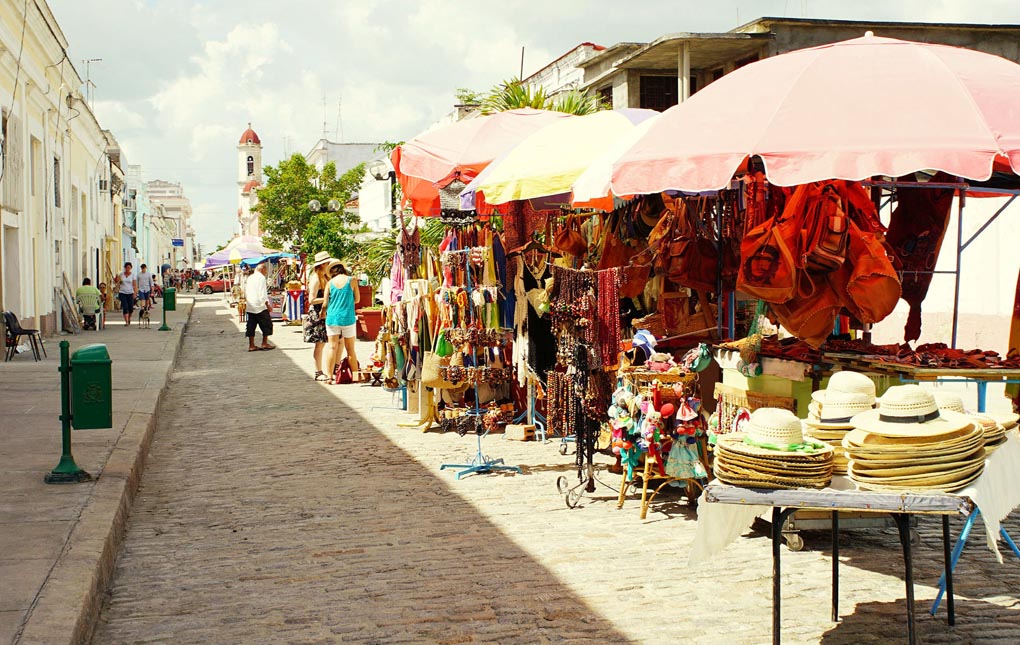
The Reina and Tomás Acea cemeteries
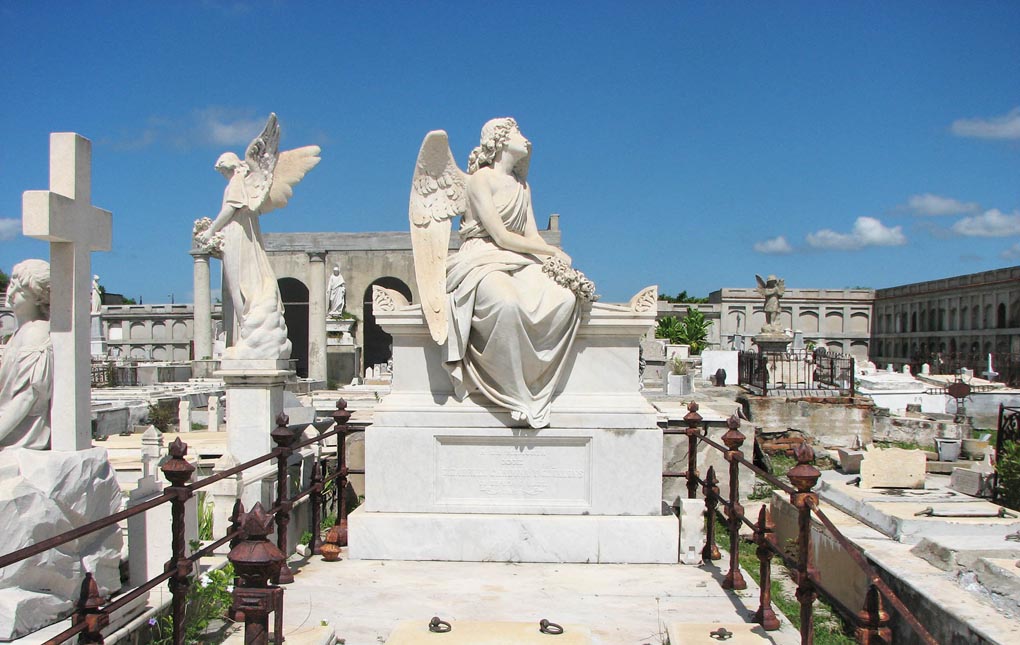
Dolphin Pool
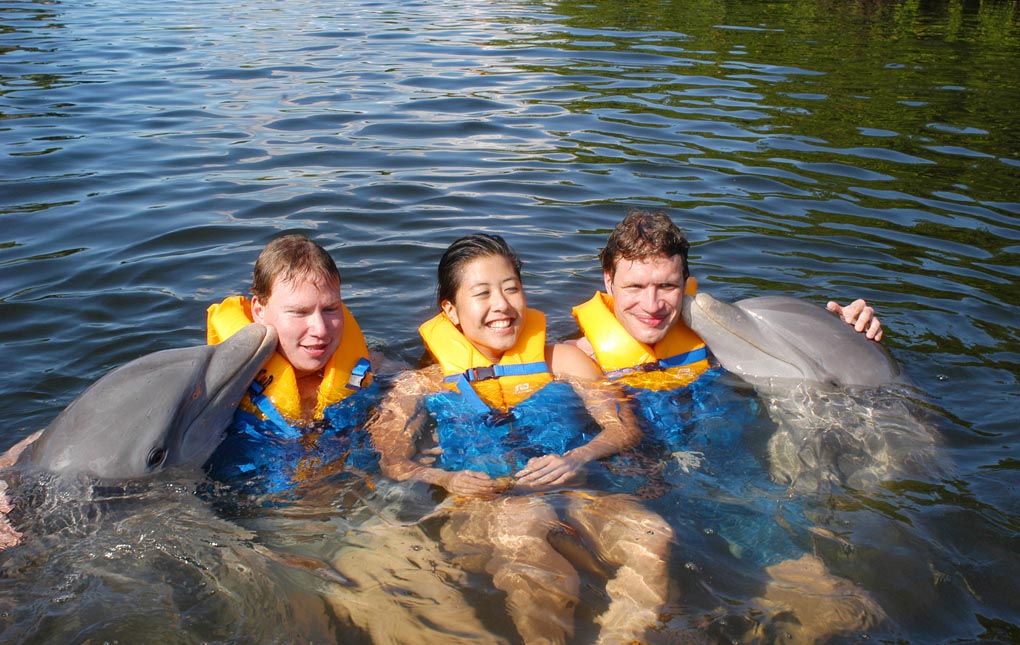
El Nicho
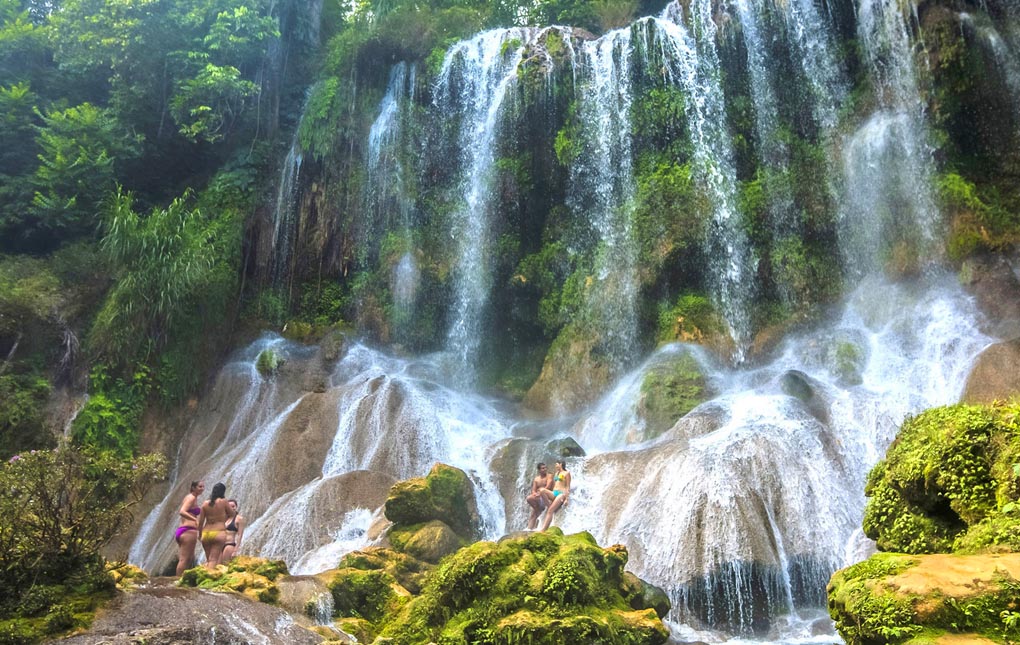
Statue of Benny Moré
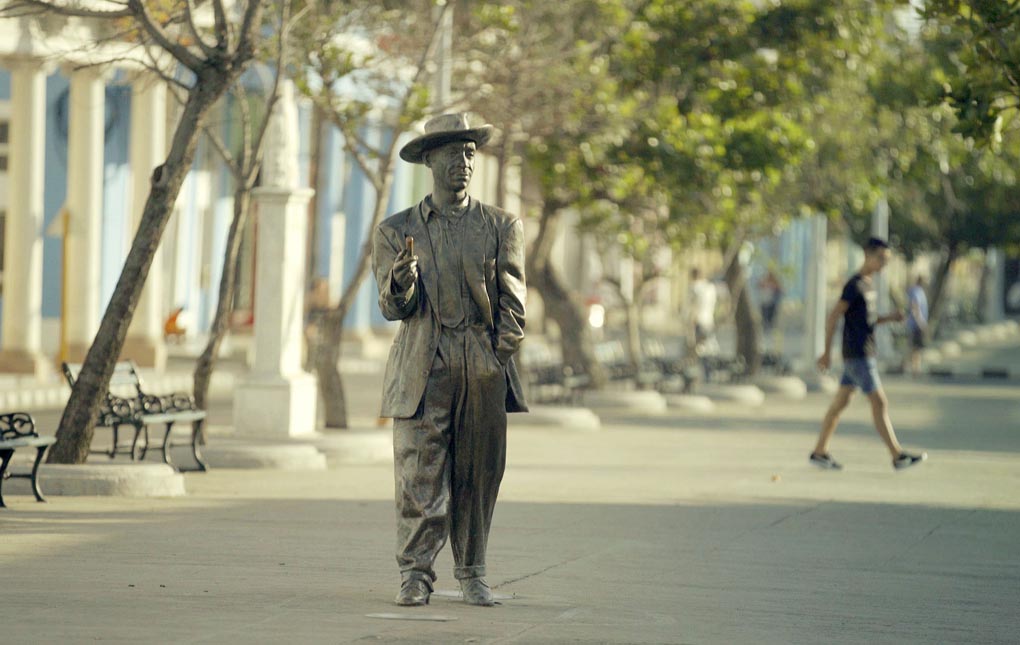
Jagua Fortress
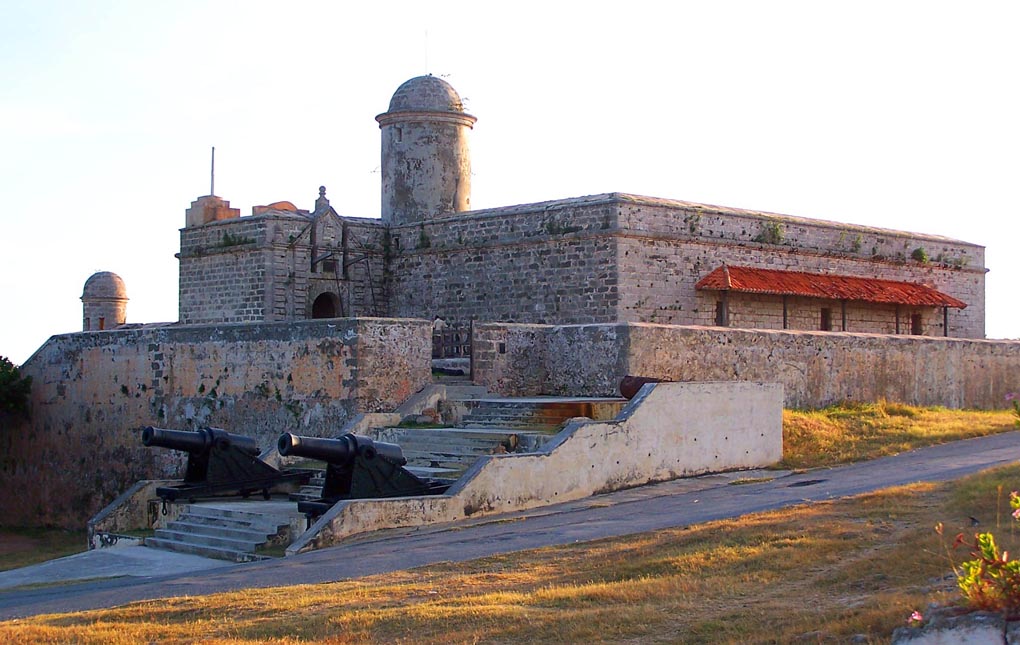
Hanabanilla
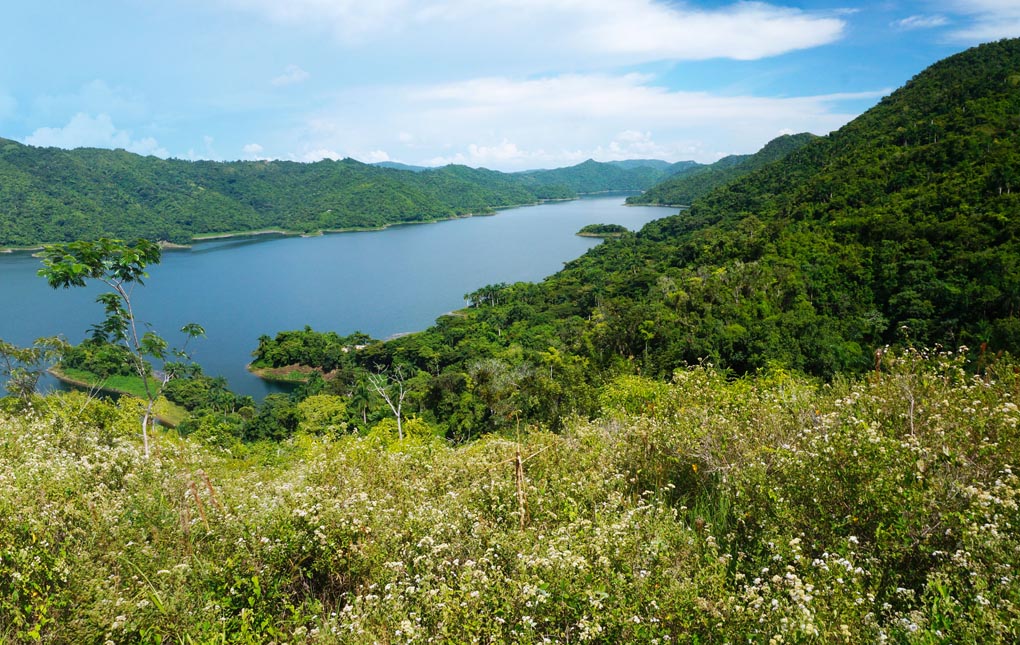
Botanical Gardens
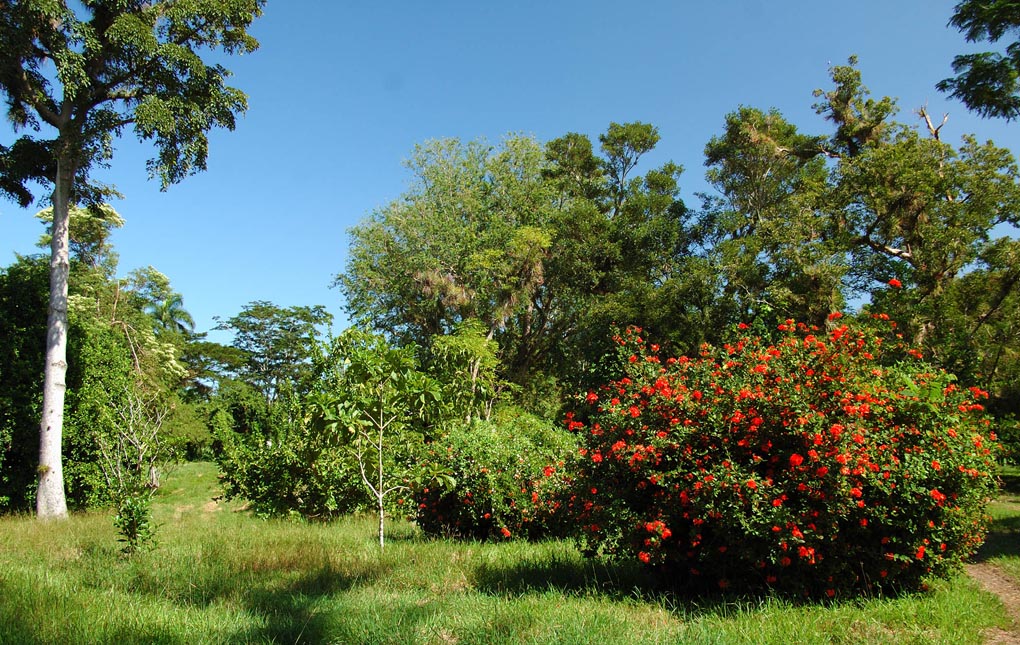
Laguna de Guanaroca
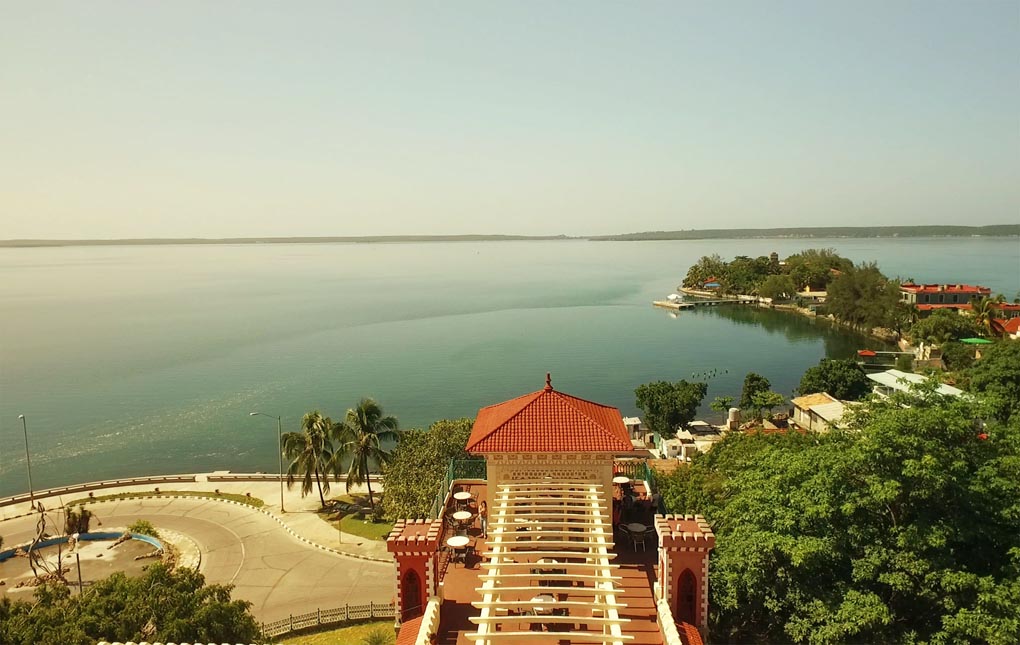
Palacio de Valle
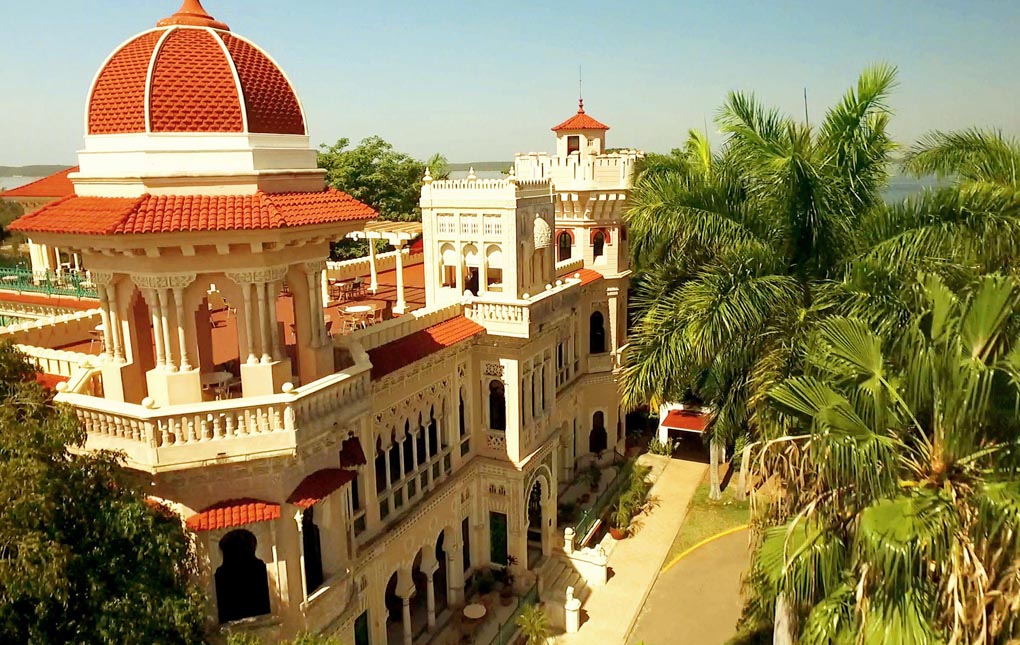
José Martí Park
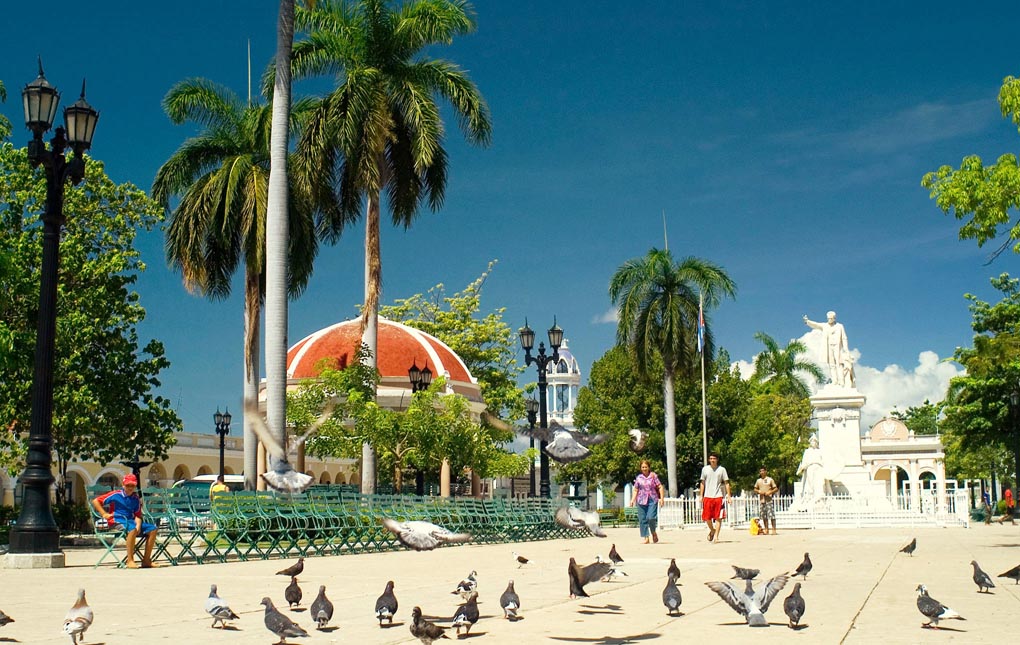
Paseo del Prado
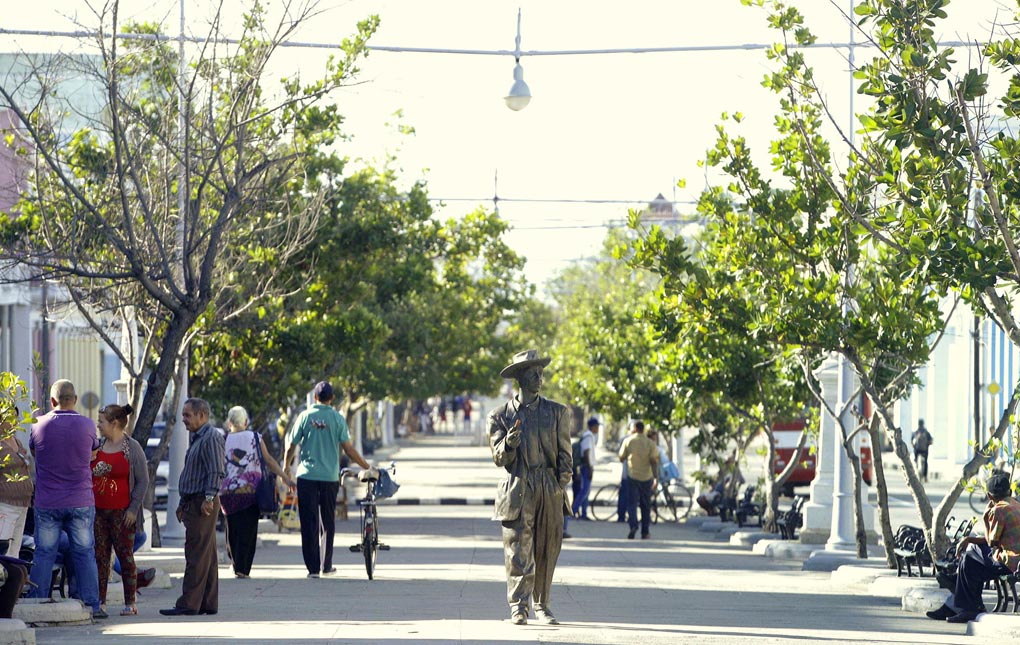
Rancho Luna Beach
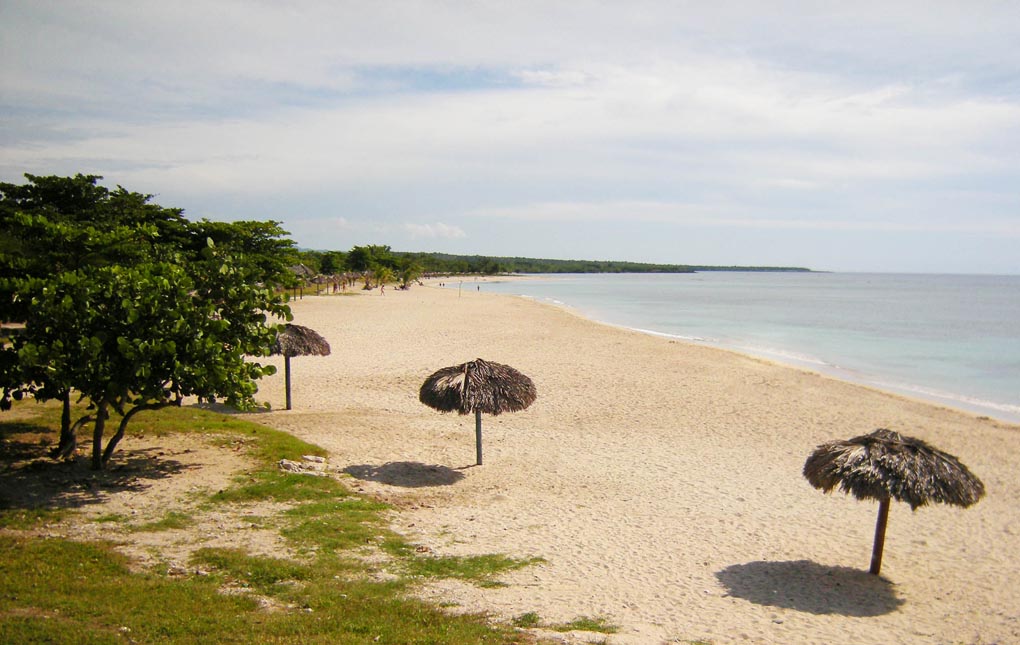
Punta Gorda
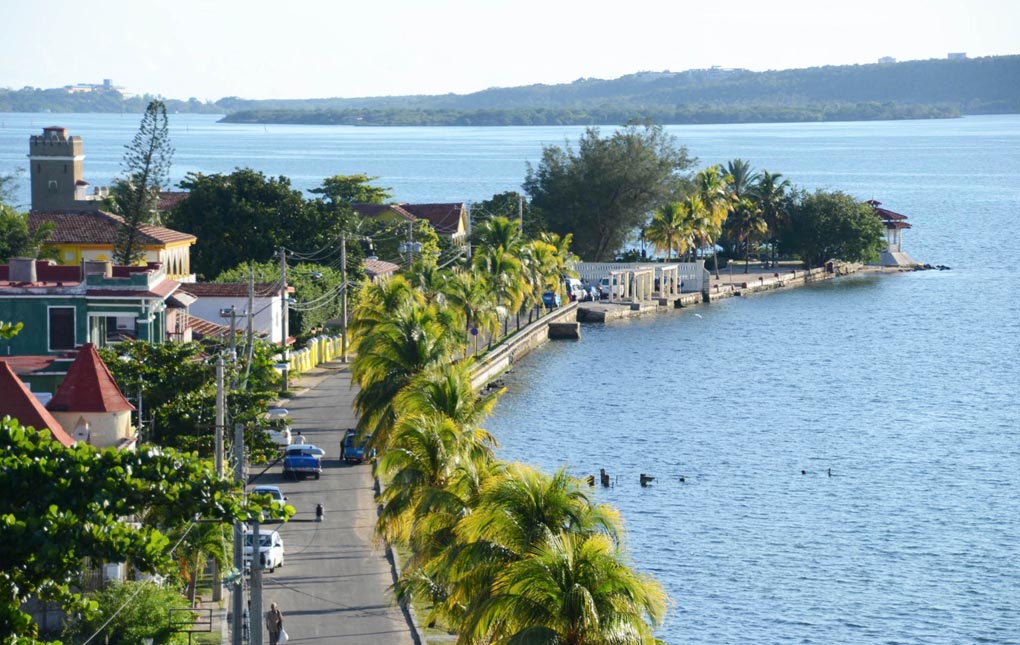
Santa Clara
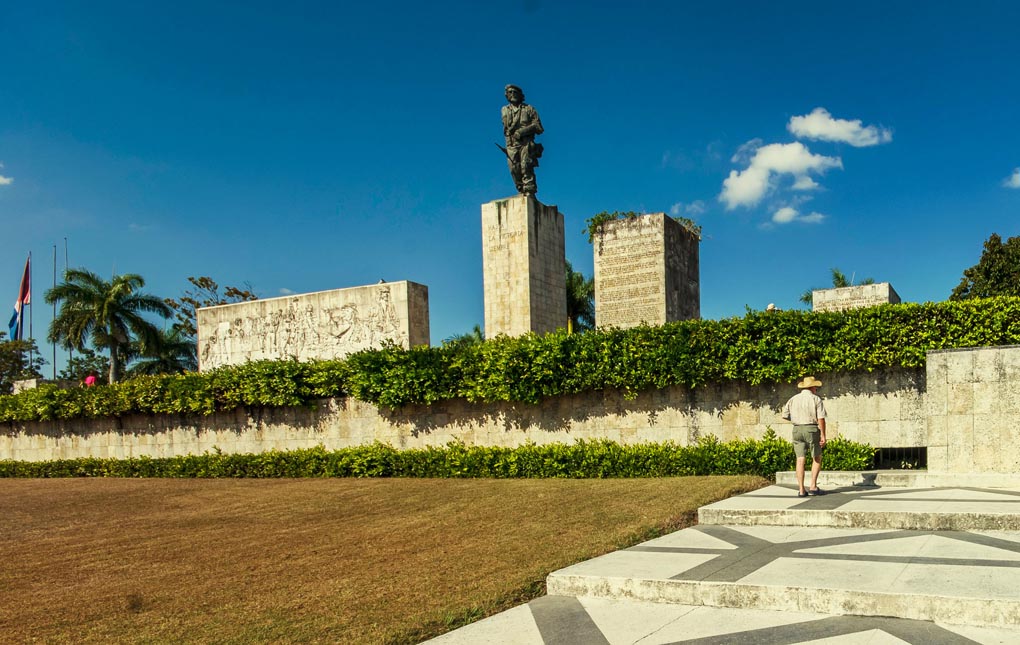
Tomás Terry Theatre
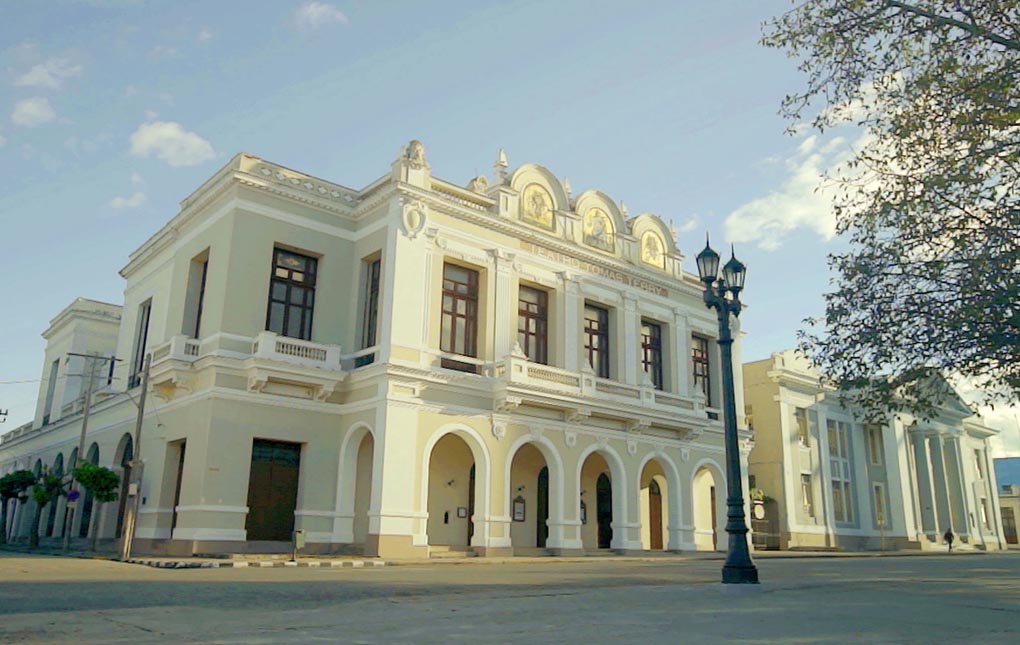
Trinidad
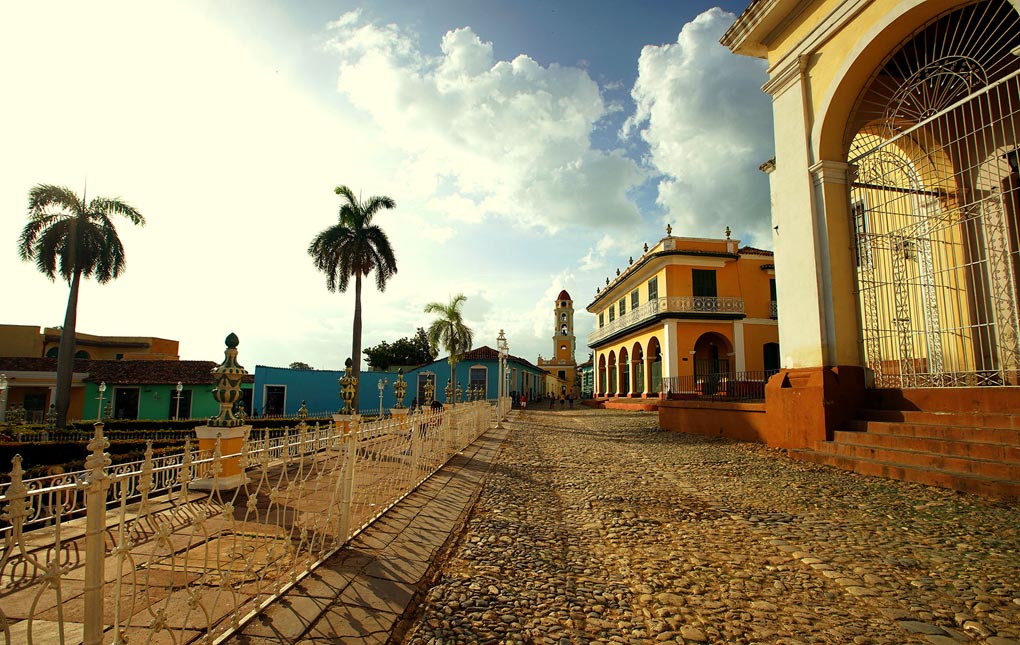
1 / 19

Cienfuegos Bay

Boulevard de Santa Isabel

Boulevard San Fernando

The Reina and Tomás Acea cemeteries

Dolphin Pool

El Nicho

Statue of Benny Moré

Jagua Fortress

Hanabanilla

Botanical Gardens

Laguna de Guanaroca

Palacio de Valle

José Martí Park

Paseo del Prado

Rancho Luna Beach

Punta Gorda

Santa Clara

Tomás Terry Theatre

Trinidad
Explore
The secrets of
Our brands
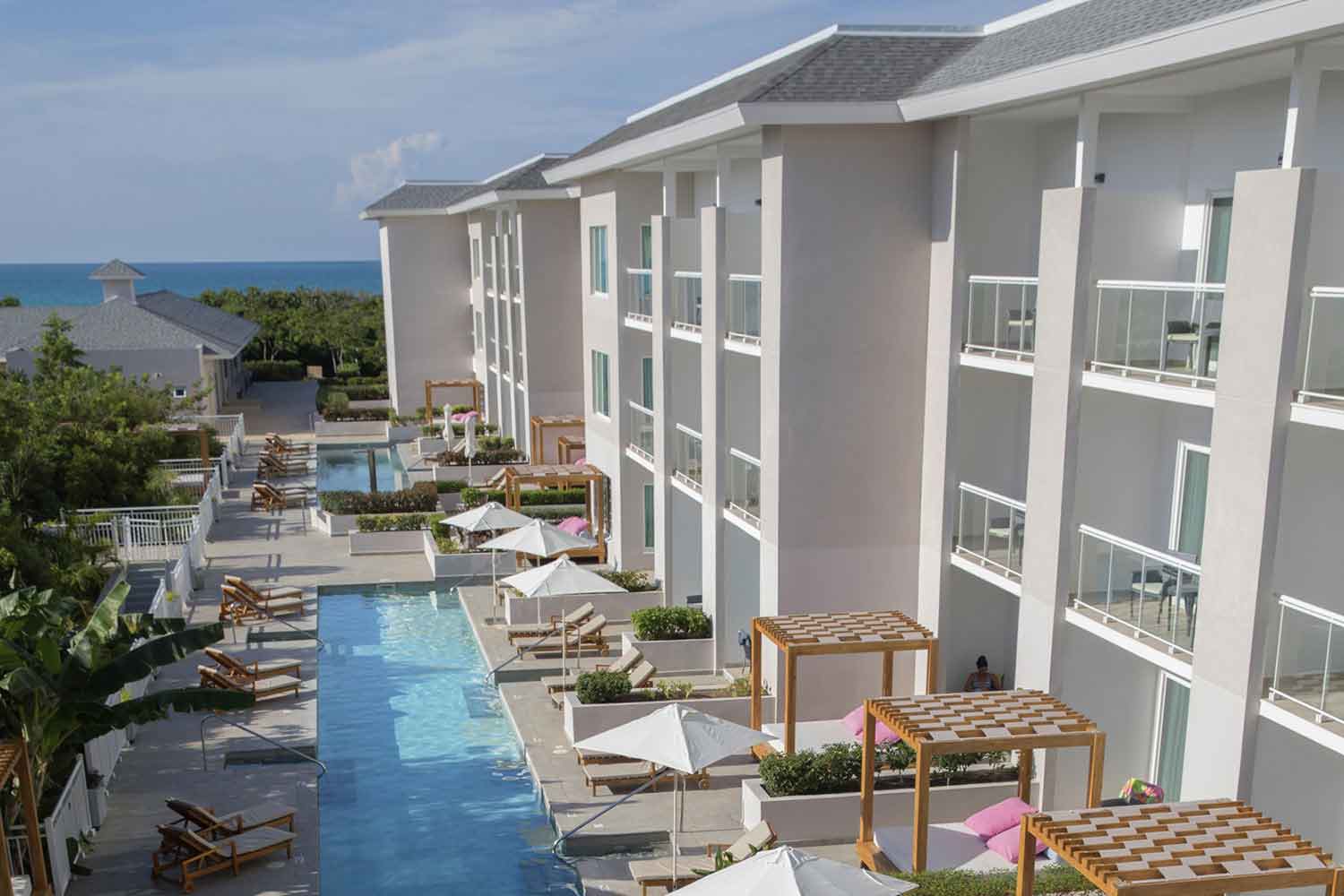
Embrace your nature
Exclusivity and awesome natural beauty are the hallmarks of the location of Paradisus by Meliá hotels. Come and enjoy an authentic adventure and discover idyllic destinations on this beautiful Caribbean island.

Soul Matters
Surrender your heart to this island and discover a world of sensations. Enjoy a romantic moment by the sea or hours of fun accompanied by the beat of the best Cuban rhythms. Let yourself go and start planning a dream holiday.
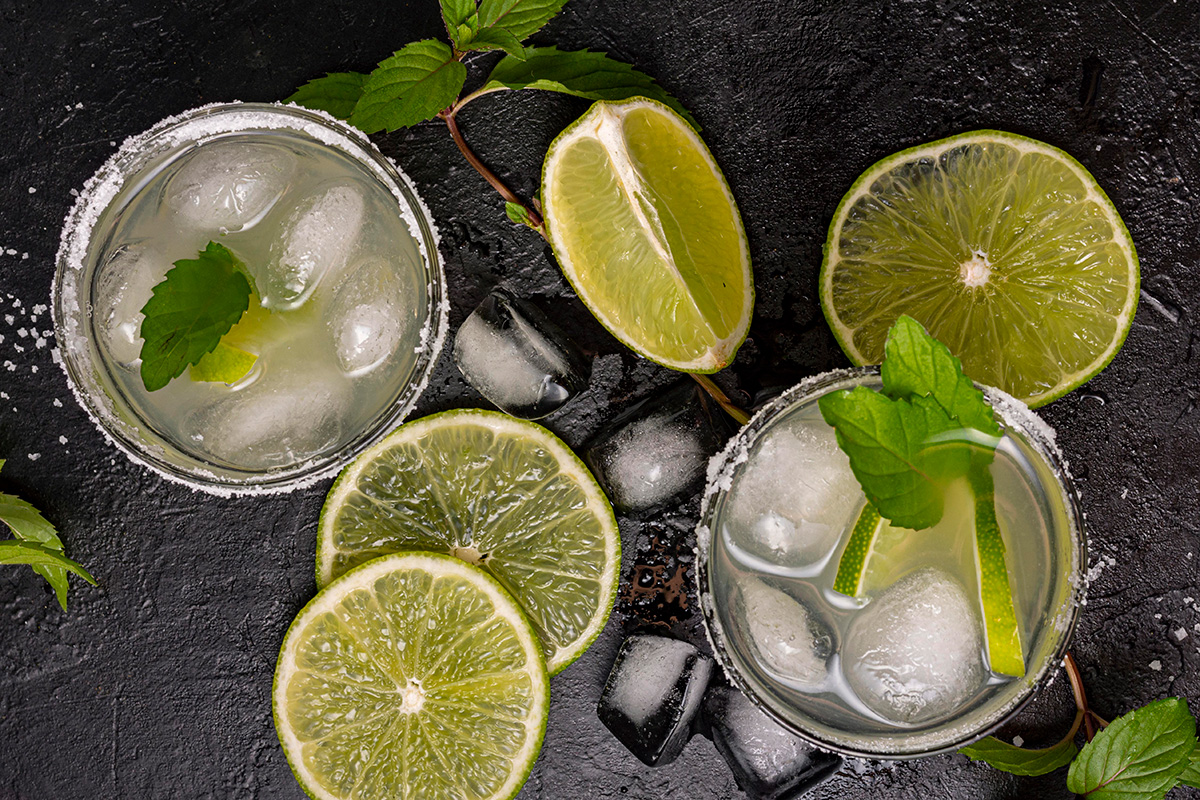
Go Curious!
Get away to this beautiful island and explore every scenic corner, street and location. Discover the inspiration you seek in our collection of Innside Hotels, tailored for travellers eager to discover new horizons and exciting journeys of self-discovery.

Everything under the Sol
An ideal scenario for anyone seeking awesome adventures on this beautiful Caribbean island. Savour the emotions of sharing fun activities and unforgettable relaxation experiences with family or friends. Your stay becomes a lifestyle, where every moment counts.
© 2024. All rights reserved to Melia
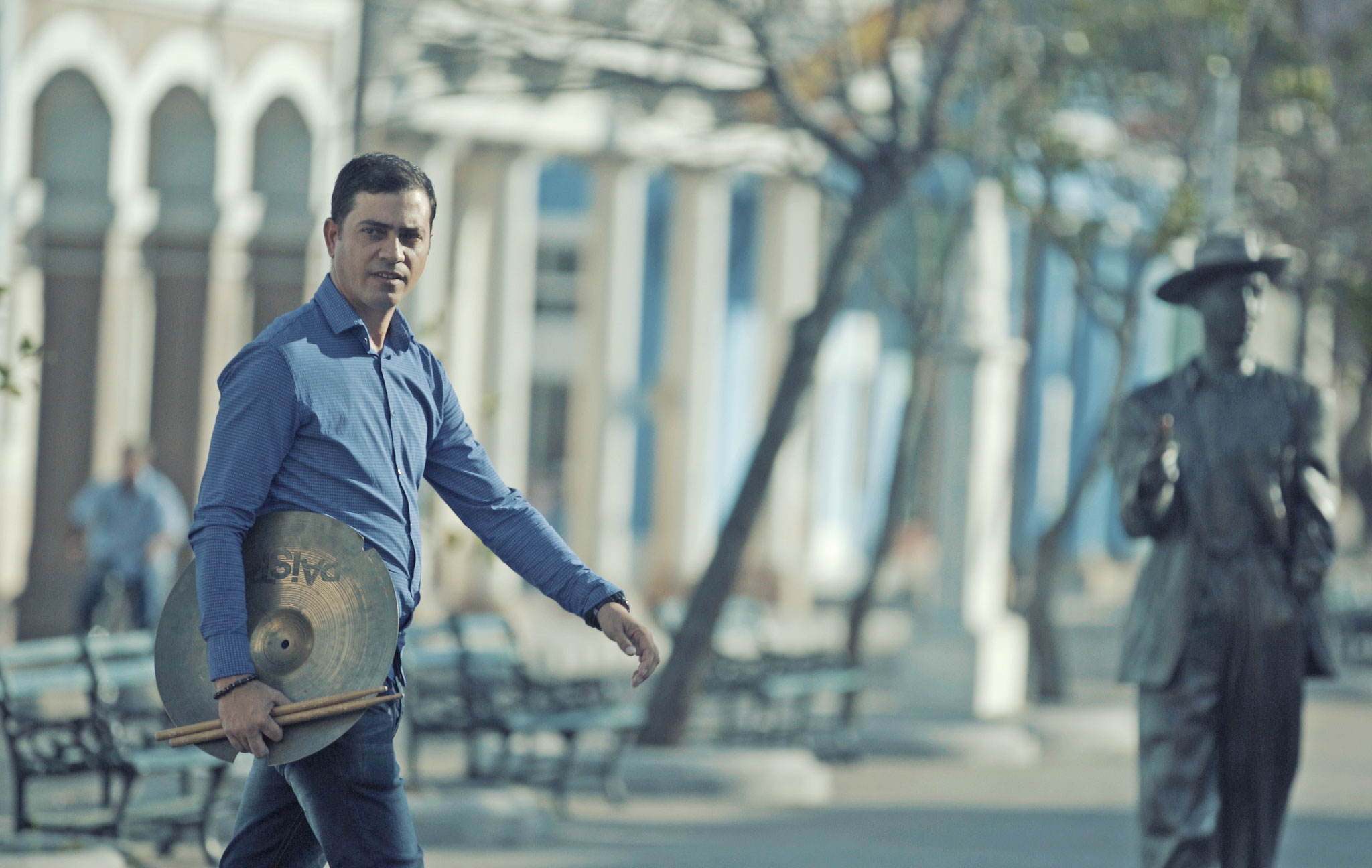
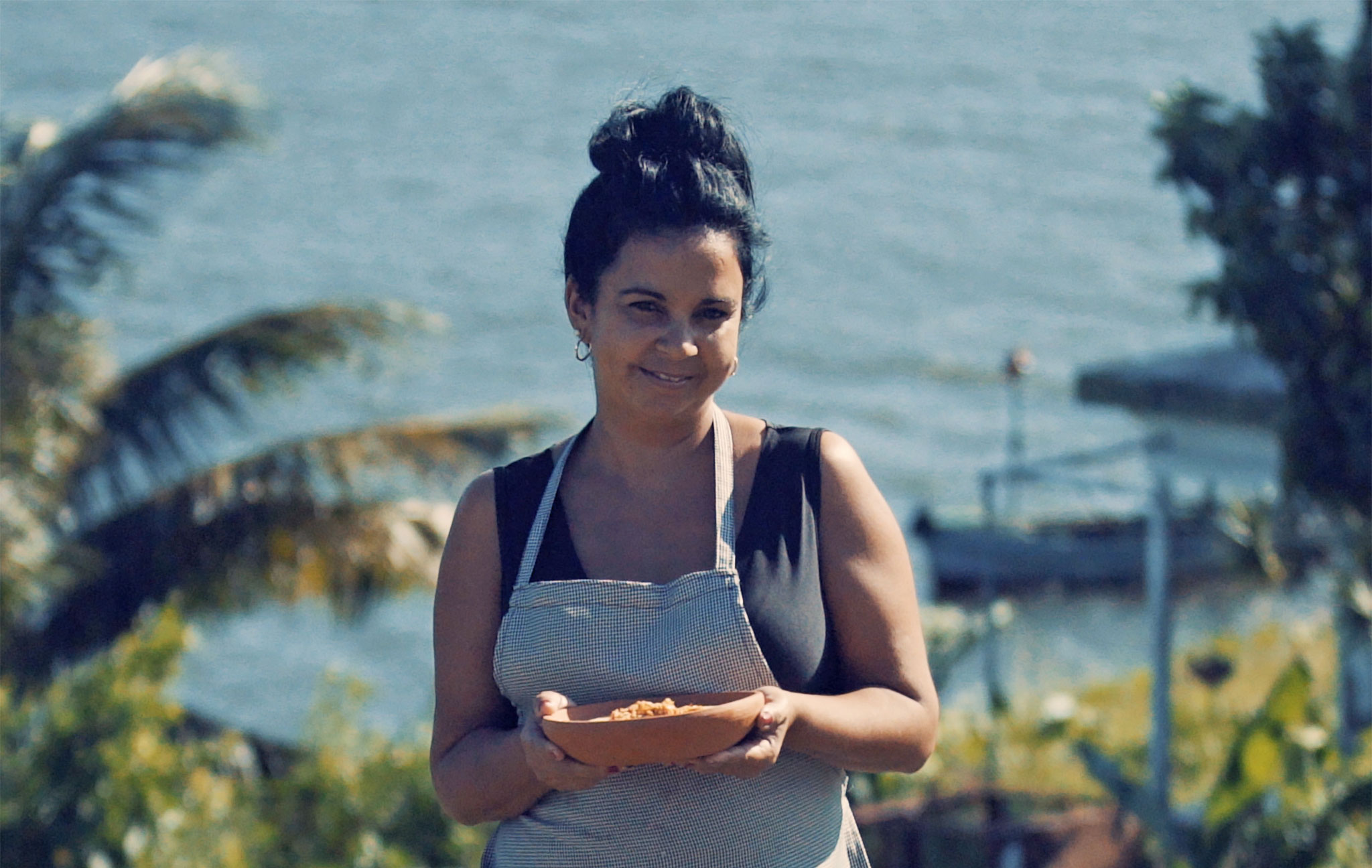
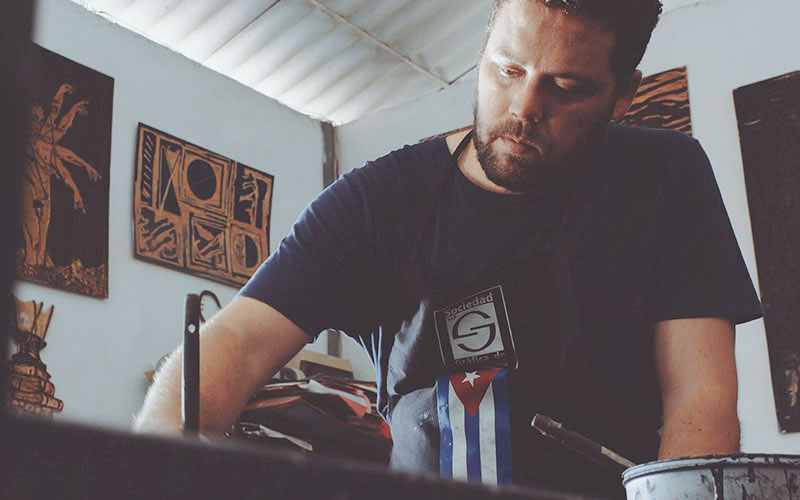
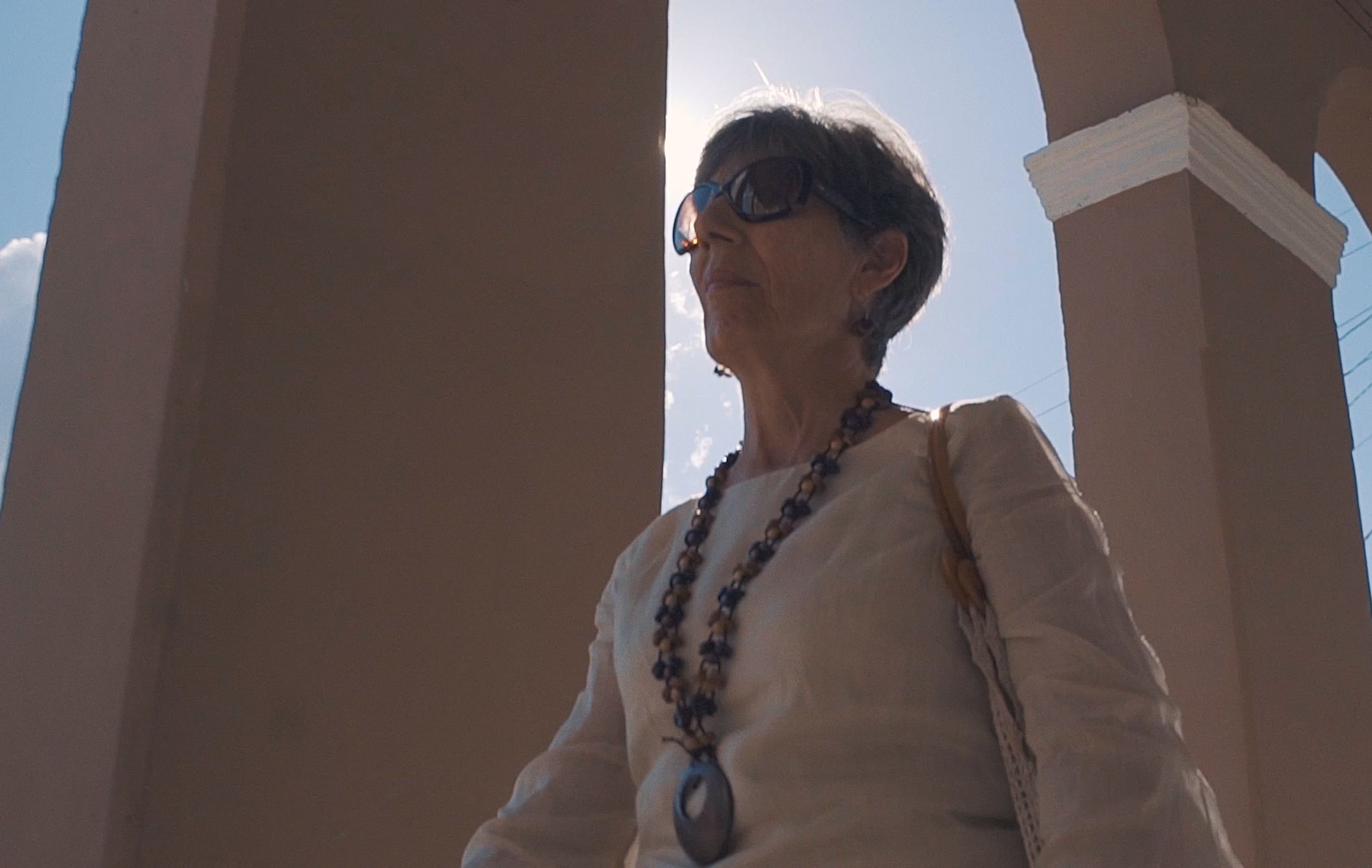
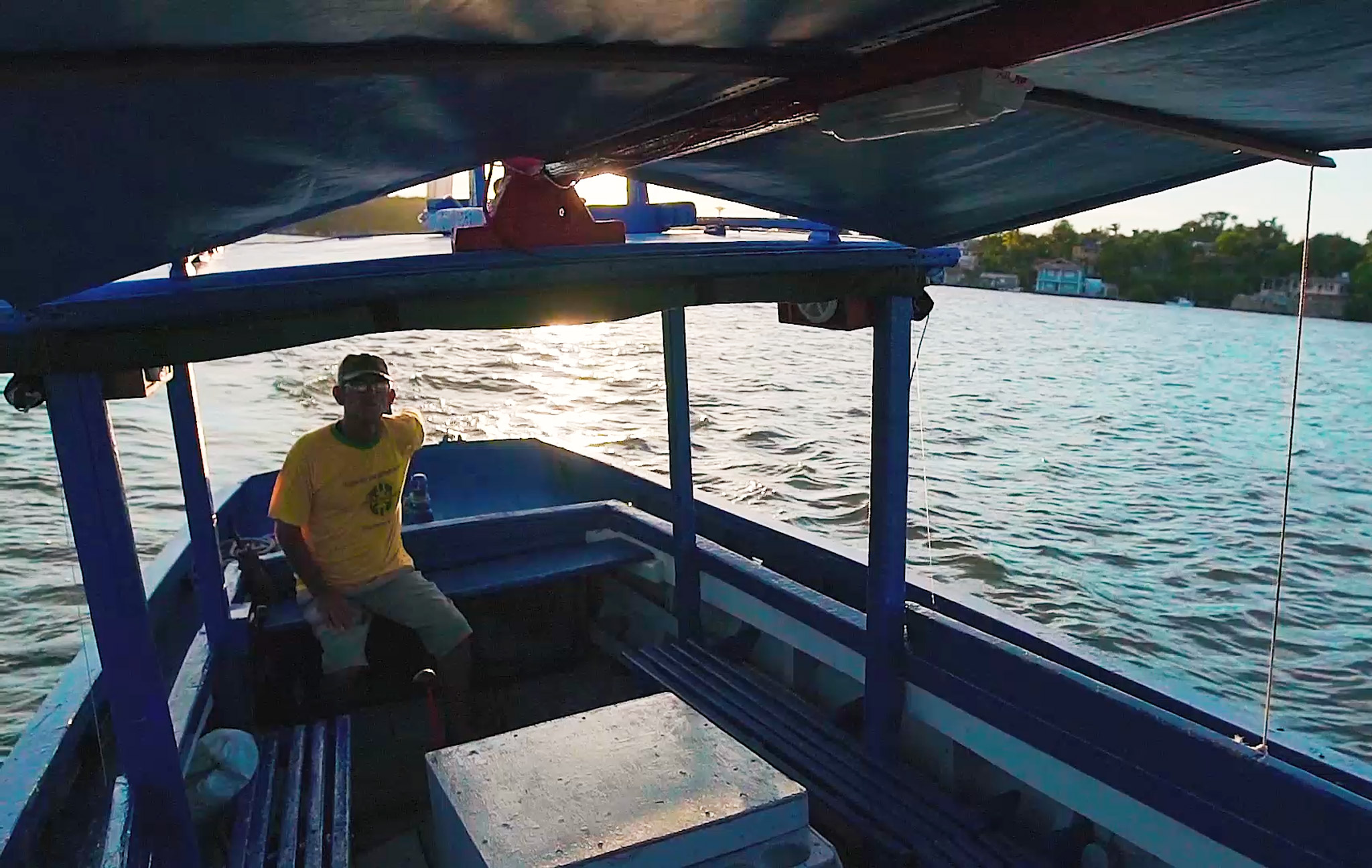
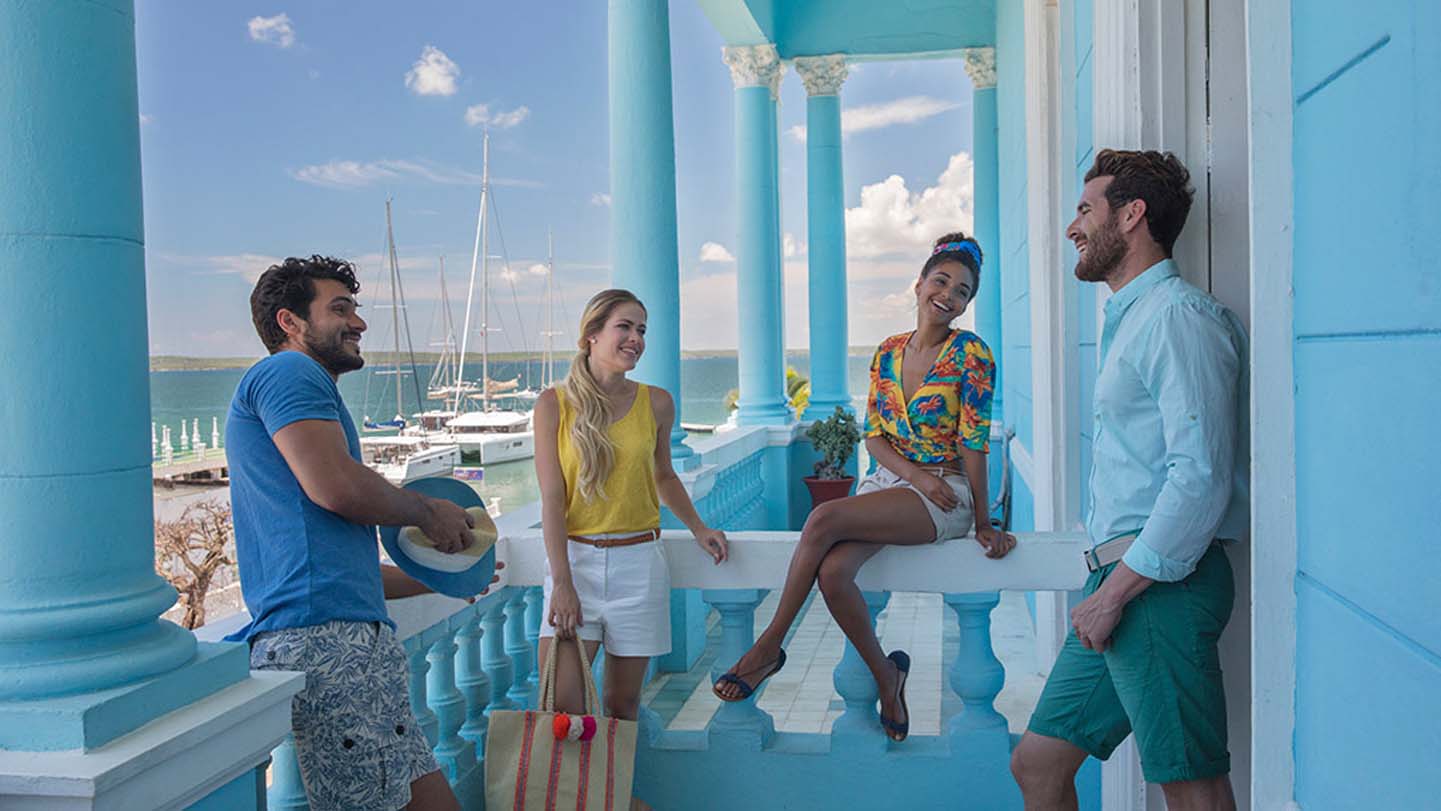
,regionOfInterest=(1476.5,862.5))
,regionOfInterest=(1476.5,1082.5))
,regionOfInterest=(1476.5,999.5))